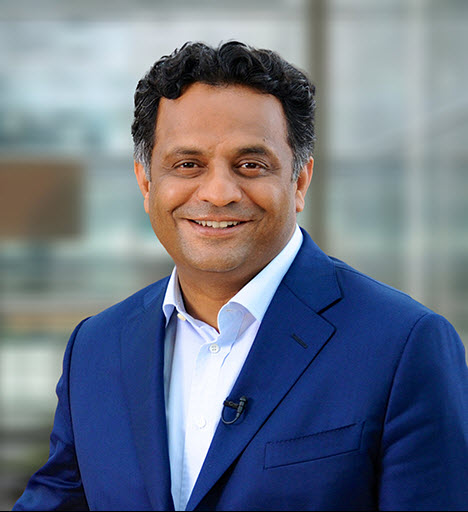Leadership: Cultivating a Culture of High Curiosity

The bar is set high for Medical Affairs (MA) talent: traditional capabilities are no longer sufficient to address the rapidly changing healthcare landscape. Shreeram Aradhye, Global Head Medical Affairs and CMO for Novartis Pharmaceuticals, makes a compelling case for nurturing curiosity, an external focus and a growth mindset within the team culture in order to build a high-performing medical organization.
[caption id="attachment_48967" align="aligncenter" width="350"] Shreeram Aradhye, Global Head Medical Affairs and CMO for Novartis Pharmaceuticals[/caption]
Shreeram Aradhye, Global Head Medical Affairs and CMO for Novartis Pharmaceuticals[/caption]
Curiosity is an attribute that helps organizations become high performers in today’s highly disrupted environment. The business case for curiosity is compelling: it drives you to explore and learn more, become more knowledgeable about your industry and your customers, fuels innovation and creative problem-solving and heightens employee engagement, team performance, communication and collaboration. Moreover, a recent Harvard Business Review article written by Harvard Business School Professor Francesco Gino states that “maintaining a sense of wonder is crucial to creativity and innovation. The most effective leaders look for ways to nurture their employees’ curiosity to fuel learning and discovery."
For Shreeram Aradhye, curiosity is a core strategic competency that needs to be deliberately fostered and reinforced to understand and address the holistic and systemic healthcare challenges that lie ahead. “External focus and curiosity are two fundamental attributes of the Novartis culture that we have been working on. To me, it’s all about nurturing a growth mindset. In order to embed a culture of continuous learning, as a leader, I first need to be able to convey to the organization that we are not great because we know everything – but because we’re always curious and recognize that we don’t know everything. Secondly, it’s critical to reward not just outcomes but also the effort and lessons learned. If something doesn’t work out, let’s focus on the learnings and move ahead.”
It’s also about modeling curiosity as a leader. “I am inherently curious about many things and make a point of sharing my curiosity and observations with the people around me. I believe that what distinguishes us as human beings is our desire to seek knowledge. There is always more to learn.”
Leaders can help employees adopt a learning mindset by communicating the importance of learning and by rewarding people not just for their performance but for the learning needed to get there. “For me, curiosity and humility are at the heart of success as a leader. We should be humble enough to admit we don’t and can’t know everything. This is something that requires work and attention and is a continuing journey. I try to ask more open questions rather than making statements – often by using the simple phrase, ‘Tell me more’.”
Aradhye goes on to add that it’s important that a company’s performance management approach is set up to reward curiosity. “Like many other organizations, we are grappling with how to connect performance management and rewards for a learning mindset. Part of this is about making sure that every time we learn something different, we celebrate it in some way. I’m cognizant that it will take time to build this culture across a whole organization and each individual is different as they embark on this journey – which is something I want to be respectful of.”
The full article appears in MAPS' Elevate magazine










